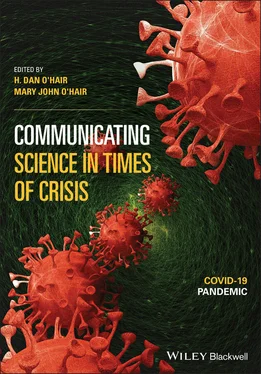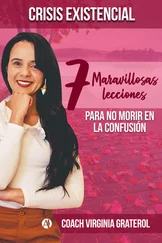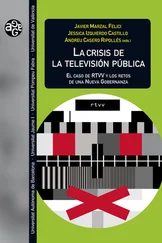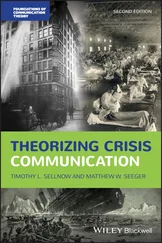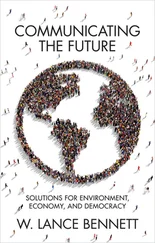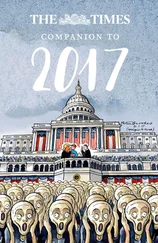1 ...7 8 9 11 12 13 ...35 Where formal conceptual definitions find themselves often formulated with the hope that their relevance will be sustained through various technological innovations and evolutionary developments, for the sake of systematic empirical investigations of dismisinformation, a more taxonomic approach may be necessary. There are several taxonomies and typologies relevant to the spectrum of dismisinformation, some of which are reviewed next.
Typologies of Dismisinformation
There have been many expeditions into the task of typologizing forms of both truth (Zimmer et al., 2019) and deception (e.g., Clementson, 2017; de Regt et al., 2020; Garrett et al., 2019; Pawlick et al., 2019), and theorizing their enactments, detection and management (e.g., Buller & Burgoon, 1996; Levine et al., 2016; Walczyk et al., 2014). Hopper and Bell (1984) conceptualized six types of interactional deception: fictions (e.g., make-believe, exaggeration, irony, white lies, etc.), playings (e.g., jokes, teases, kidding, trick, hoax, etc.), lies (e.g., dishonesty, fib, lie, etc.), crimes (e.g., conspiracy, entrapment, counterfeit, forgery, fraud, etc.), masks (inveigling, hypocrisy, back-stabbing, concealment, evasion, etc.), and unlies (e.g., distortions, false implications, misrepresentations). O’Hair and Cody (1994) distinguished five types of deception (i.e., lies, evasions, collusions, concealments, and overstatements), differentiated across four motive types defined by the dimensions of target (self vs. other) and outcome valence (positive vs. negative): egoism (lying to help self in a benign way), benevolence (lying to help others), exploitation (lying to help self in a way that hurts others), and malevolence (lying to hurt others). Xiao and Benbasat (2011) differentiated three types of deception: concealment, equivocation, and falsification. Curtis and Hart (2020) identified six types, labeled omissions, failed deceptions, half-truths, white lies, distortions, and blatant lies. Levine et al. (2016) proposed 10 pan-cultural motives for deception: personal transgression, economic advantage, non-monetary personal advantage, social-polite, altruistic, self-impression management, malicious, humor-joke, pathological, and avoidance. Bryant (2008) distinguished real lies, white lies, ambiguous gray lies, and justifiable gray lies along the five dimensions of intention, consequences, beneficiary, truthfulness, and acceptability. In conceptualizing the “dark side of information behavior,” Stone et al. (2019) differentiated deliberate falsifications, sins of omission, sins of commission, and system or process problems.
Based on Pareto advantage concepts from economics and game theory, Erat and Gneezy (2012) distinguished four types of black and white lies based on the two dimensions of sender advantage or disadvantage and receiver advantage or disadvantage. Pareto improvement refers to situations in which at least one party is better off without making any other party worse off. White lies here are conceptualized as those that increase payoffs for other(s), and black lies are those that decrease the payoffs of the other(s). This approach also informed a lie typology by Cantarero et al. (2018), who differentiated valence (protective/loss-oriented vs. beneficial/gain-oriented lies) by the beneficiary: the liar/self-oriented lies, the liar and others/pareto-oriented lies, or other(s)-oriented lies. Another game-theoretic typology proposed five types of deception models (Kopp et al., 2018), with three forms of channel attack (overt degradation: generate noise; denial: blind/saturate victim; and covert degradation: hide message in noise) and two forms of processing attack (corruption: mimic real message and subversion: subvert processing).
Closer to the construct of fake news, Berduygina et al. (2019) distinguished two types: unintended misinformation and deliberate misinformation. Karlova and Fisher (2013) and Rubin (2019) differentiated misinformation (i.e., inaccurate information) from disinformation (i.e., deceptive information), arguing that “since misinformation may be false, and since disinformation may be true, misinformation and disinformation must be distinct, yet equal subcategories of information” (p. 6). Hastak and Mazis (2011) conceptualized five types of misleading claim: omission of material facts, misleadingness due to semantic confusion, intra-attribute misleadingness, inter-attribute misleadingness, and source-based misleadingness (see Table 2.2).
Table 2.2 Truthful but misleading claim typology.
| Claim Type |
Definition |
Claim Subtypes |
Examples |
Relevant Theories |
| Omission of material facts |
Key fact or facts have been omitted |
Pure omissionHalf-truths |
Failure to disclose gastro-intestinal upset caused by drug“Free” offers do not disclose relevant terms |
Schema theoryGrice’s theory of conversational norms |
| Misleadingness due to semantic confusion |
Use of unclear or deliberately confusing language, symbols, or images |
|
“Fresh” product contains artificially processed ingredients |
Pragmatic implication |
| Intra-attribute misleadingness |
Claim about an attribute leads to misleading inference about the same attribute |
Attribute uniqueness claimsAttribute performance claims |
“No X” claim meant to imply competitors have X“Contains X” claim meant to imply substantial amount of X |
Feature-absent inferencesPragmatic implications |
| Inter-attribute misleadingness |
Claim about an attribute leads to misleading inference about another attribute |
|
“Low X” claim meant to imply a low amount of an associated Y |
Logical or probabilistic tie consistency |
| Source-based misleadingness |
Endorsement by expert or consumer testimonial is biased |
Expert sourceTypical sourceMultiple sources |
A surgeon endorses a dietary productAn extreme weight loss testimonial is not representativeClaim “recommended by X% (N) of sources” |
Source credibilitySource homophilySocial proof |
Source : Hastak and Mazis (2011). © 2011 SAGE Publications.
Scholars are increasingly contemplating the range of dismisinformation in digital polymediated environments. Wardle and Derakhshan (2018; see also: Waldrop, 2017) proposed a tripartite Venn diagram model differentiating misinformation, disinformation, and malinformation (see Figure 2.2). This typology arranges the use of information along a continuum from relatively objective informational distortion or falsity to a more subjective interpretation of intent to harm, rather than intent to deceive.
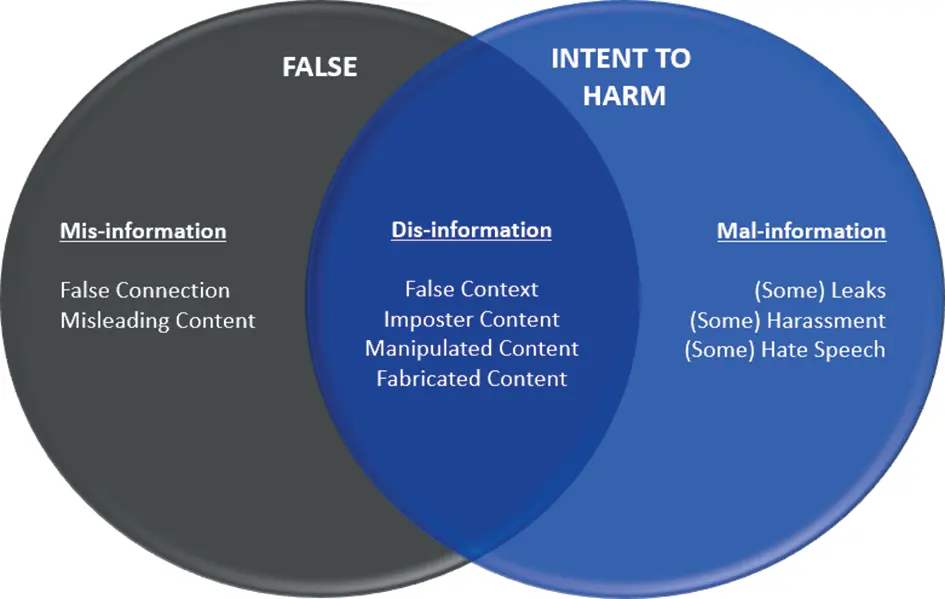
Figure 2.2 Venn diagram typology of Mis-/Dis-/Mal-Information spectrum. Source: Adapted from Wardle and Derakhshan (2018) and First Draft.
A few typologies organize mediated deception across two bisecting dimensions. Tandoc et al. (2017) proposed crossing the level of facticity with the intent to deceive, resulting in four quadrants (see Table 2.3). Ferreira et al. (2020) proposed a typology of fake news in branding and marketing based on the dual dimensions of source of construction and the veridicality with real or fictional events. Internally constructed fake news is generated by a source directly or closely connected to the referent and/or reference of the information, whereas externally constructed fake news is generated by a source that has little or no direct connection with the subject of the news. The result is a quadrant topography (see Figure 2.3). This typology explicitly recognizes the tendency of many forms of fake news to employ frames or contents of valid information as a way of enhancing the appearance of credulity.
Читать дальше
